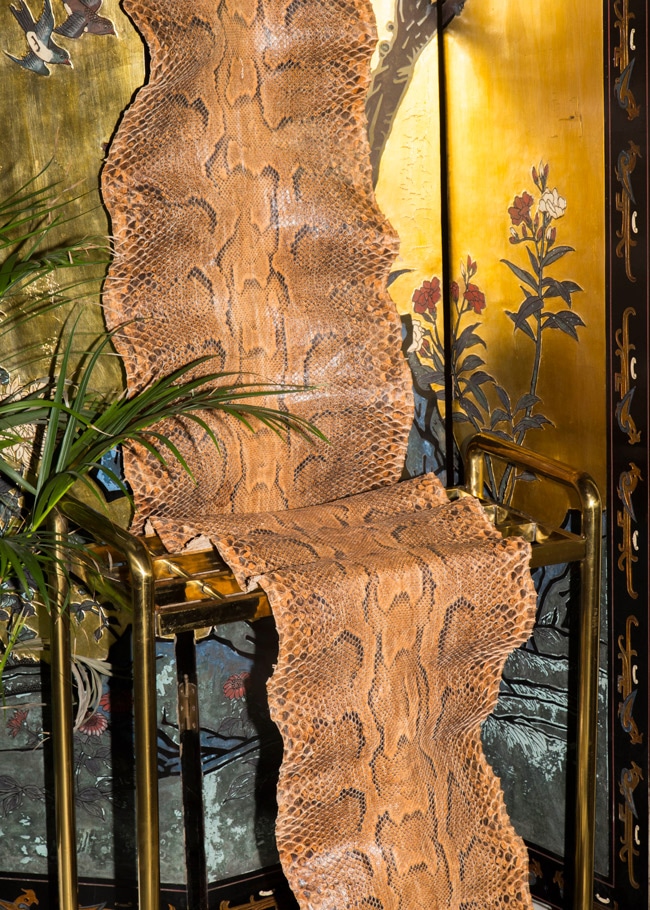What the ‘blackface’ Prada merchandise means for diversity in fashion

Last month, Miuccia Prada, the head designer and founder of the multi-million dollar fashion house Prada, received the Outstanding Achievement Award for her contribution to the international fashion industry. The Award, presented by the British Fashion Council, celebrated the Italian billionaire’s decades of ‘creativity and innovation’ in the fashion world. Prada’s parade was swiftly interrupted, however, when her company became engulfed in controversy after products perpetuating blackface imagery were spotted at their Soho store in New York.
The products, which were part of Prada’s Pradamalia line, exhibited features that resemble racist and degrading caricatures of black people that were rife in American theatres and literature during the 19th century, such as dark faces, wide eyes, and over-sized lips. Although the merchandise was removed from the shelves and an investigation was launched in the company to examine the case, questions still remain, including why such products were created in the first place.

The scandal erupted on December 14, when civil rights lawyer and social justice activist Chinyere Ezie spotted the “shocking” figurines while strolling through Soho with her friend. As the two walked into the store to inquire about the offensive merchandise, the only response they received was that ‘A black employee had previously complained about blackface at Prada,’ and that he doesn’t work there anymore. In an interview for ABC News, Ezie drew correlations between the blackface imagery used by Prada and dehumanising illustrations of African Americans in the children’s book “Little Black Sambo”.
Distraught, Ezie launched an online campaign calling upon Prada to eliminate such products from their store, using the hashtags #StopBlackface #BoycottPrada and #EndRacismNow.
Ezie’s uproar went viral, and following a couple of days of criticism by the public and media, the fashion giant announced the elimination of the controversial products from their stock, claiming that the items were „fantasy charms composed of elements of the Prada oeuvre.“ The Company then announced that it intends to set up an advisory council to address issues of „diversity, inclusion and culture”, improve diversity training, as well as donate the profits from the Pradamalia line to a New York-based racial justice organisation.
It remains to be seen, however, whether Prada will follow up on its vows once the storm surrounding the ‘blackface’ products subsides, for this incident is indicative of a systemic and overwhelming lack of diversity in the company, particularly in its top tears. „The fact that this was green-lit at headquarters tells me, indisputably, there are no black faces, no one who looks like me, in the company’s decision making tree,“ Ezie told the Gothamist in an interview.
The Prada scandal must be a wake-up call to consumers across the globe. It is time that trend-setting institutions be scrutinized for their failure to embrace diversity and be demanded to utilise their power and influence to combat racist, xenophobic, and dehumanising sentiments plaguing human society.
“For all of us who work in fashion, I think we have to feel the responsibility of defending human rights and freedom that in this moment are in danger,” said an ecstatic Miuccia Prada upon receiving her award.
Great. Now let’s make sure these words are translated into action.

This article was published in partnership with FAIRPLANET as an ongoing content partnership.




